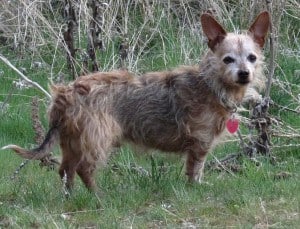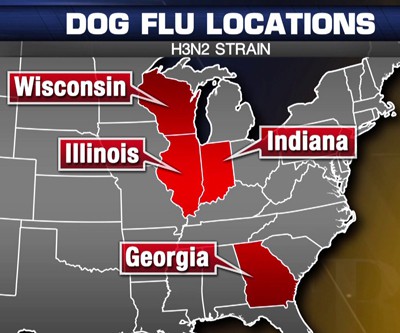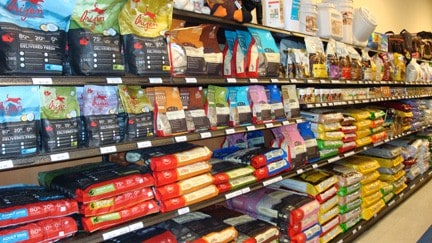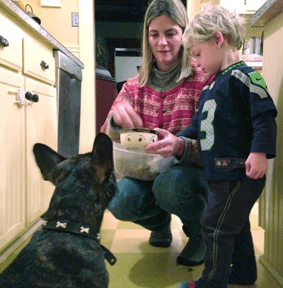Xylitol…sweet for you, but not sweet for dogs.
We received a call from a client a few months ago that was very concerned about his dog Scamp. Scamp rides in his truck all the time, and David had a pack of gum sitting on the dashboard that had been there for weeks. Scamp had never touched it, but for some reason that day had decided to eat the entire package of gum, wrappers and all. Luckily, David was aware that this particular gum contained a sweetener called xylitol.
He was not sure if this would be a problem for Scamp and, fortunately, he called us immediately to find out. Xylitol is extremely toxic to dogs, so he headed right in on emergency. We induced vomiting and Scamp brought up much of the gum. Unfortunately, he ingested enough that he had to stay in the hospital on IV fluids and glucose supplementation for 24 hours. Low blood sugar and liver failure were concerns for Scamp, but because David acted quickly and Scamp was treated appropriately, he came through with flying colors.
Xylitol is a natural occurring alcohol in plants, and is a desired alternative to artificial sweeteners by many people. Because of differences in metabolism, xylitol is safe in humans but very toxic to dogs. Xylitol is gaining in popularity, and can now be found in many gums, some candies, toothpastes and children’s medications. More recently, health food stores began marketing peanut and other nut butter brands containing xylitol.
This is very concerning to veterinarians considering that many people use peanut butters as a treat in a Kong or to give medications. Most dog-owners would not think twice if their dog pulled the peanut butter jar off the counter and cleaned it out. It has been very challenging to convince the manufacturers of these products to include warnings of its lethal consequences for dogs.
Until awareness increases, it is important to check your labels carefully. In fact, in writing this blog I realized that my Tom’s of Maine toothpaste contains xylitol with no warning about its toxic nature in dogs. It does, however proudly state on the label that no testing was done on animals. Veterinarians often recommend fatty acids as a treatment for a variety of conditions, and there are now fatty acid supplements containing xylitol.
Awareness is key, and if by some chance your dog ingests a product containing xylitol, act on it like Scamp’s dad did and call us immediately. We can usually give you a good idea if a toxic amount was ingested for the size of your pooch. It was rewarding to see Scamp head out the door the next day knowing there were no long lasting effects of his xylitol encounter.
~~Dr. Lisa







